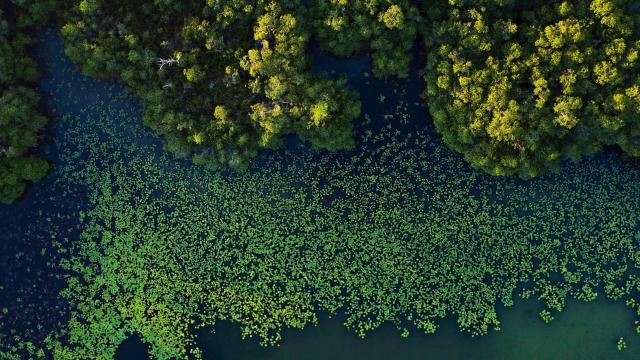If you’re wondering what the most magical place on Earth is (no, not that one), look no further. A team of researchers across the University of California system have focused on an ancient and unusual mangrove forest in Mexico’s Yucatán Peninsula that they say has been “trapped in time.”
In a study released on Monday in the Proceedings of the National Academy of Sciences, the researchers take a look at how this particular mangrove forest can grow and thrive some 124 miles (200 kilometers) away from the coastline, even though mangroves usually only grow in saltwater. Take a look at some photos of this magical forest that researchers called a “lost world.”
The Mysterious Mangroves Growing Far From the Coast
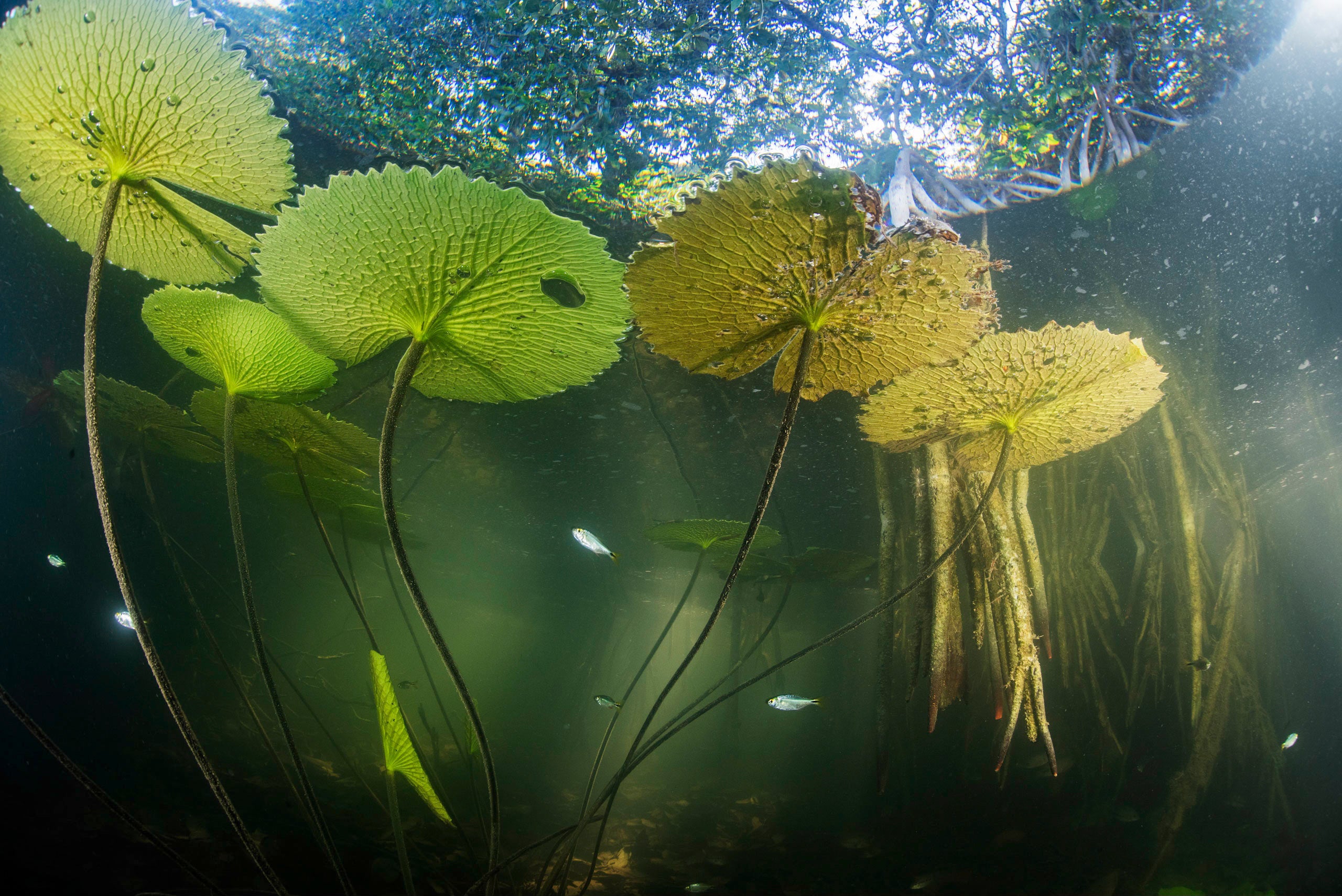
The coalition of researchers first clued into the existence of the forest when a fellow scientist who had grown up in the area told them about the strange location. Carlos Burelo, a botanist at the Universidad Juárez Autónoma de Tabasco, has done work in his home region to extensively catalogue the ecosystems and biodiversity.
He’d previously made a short film on the mangrove forest with an alumna of the University of California, which is how he alerted the scientists to the forest’s existence. In the film, Burelo recalled how he first came to the San Pedro River 35 years ago and marveled at the unusual trees that were unlike any he’d ever seen.
“I used to fish here and play on these mangroves as a kid, but we never knew precisely how they got there,” Burelo said in a news release. “That was the driving question that brought the team together.”
The Forest Is a Remnant of Inland Oceans
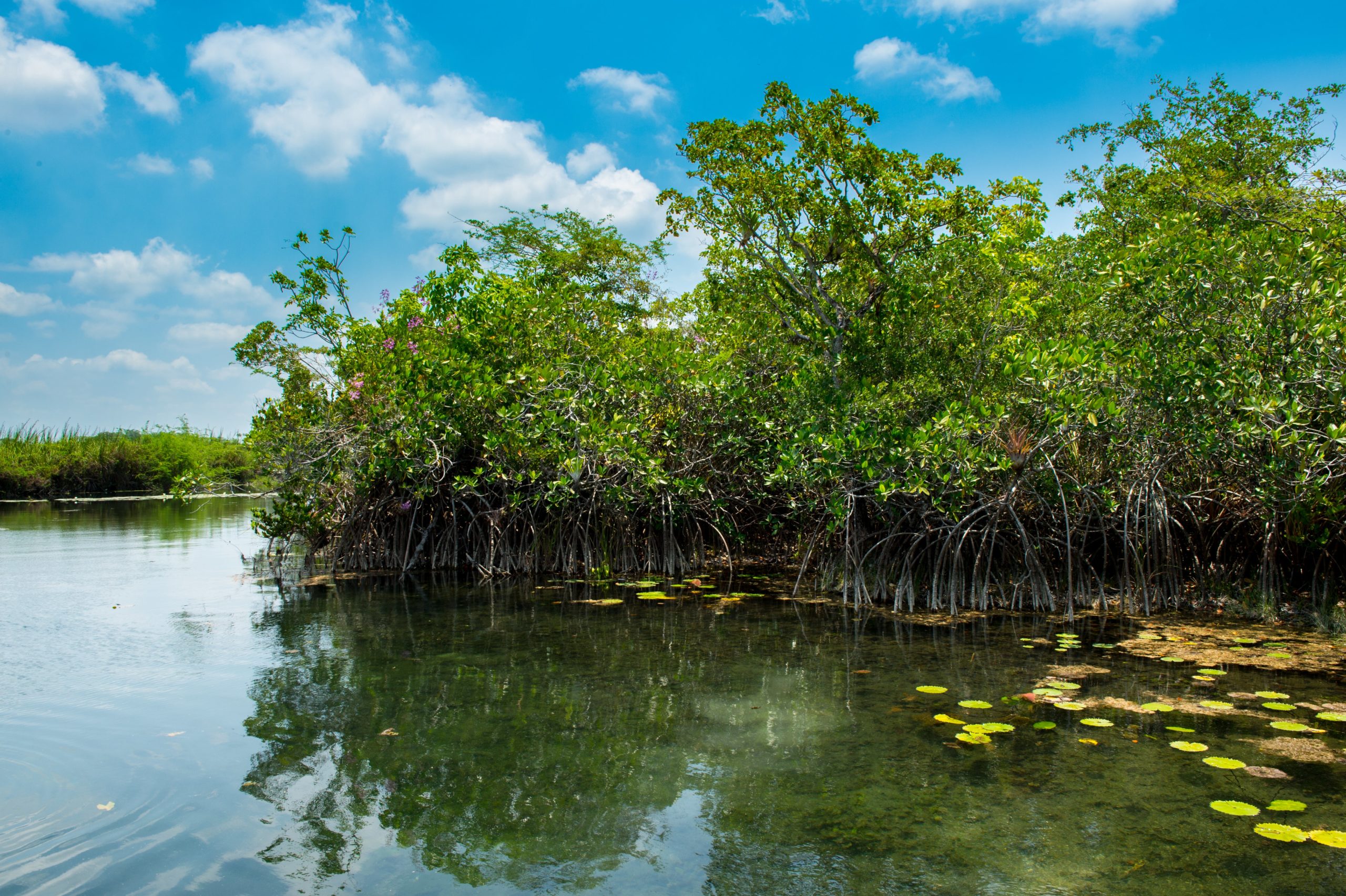
In their analysis, the researchers wanted to figure out how these red mangroves were able to flourish in the freshwater along the San Pedro River in the Mexican state of Tabasco. Red mangroves, or Rhizophora mangle, usually only grow in saltwater along tropical coastlines; this forest was too far from the coast for these trees to have access to saltwater.
Using genetic, geologic, and vegetation data along with models of historic sea levels, the scientists determined that the forest actually began growing in the region some 125,000 years ago, when the oceans extended significantly farther inland. This period, known as the Penultimate Interglacial Period, was a short warm period in between eras of glaciation. Although the waters receded as the world changed, the mangrove forest, incredibly, remained.
An Ancient Ecosystem
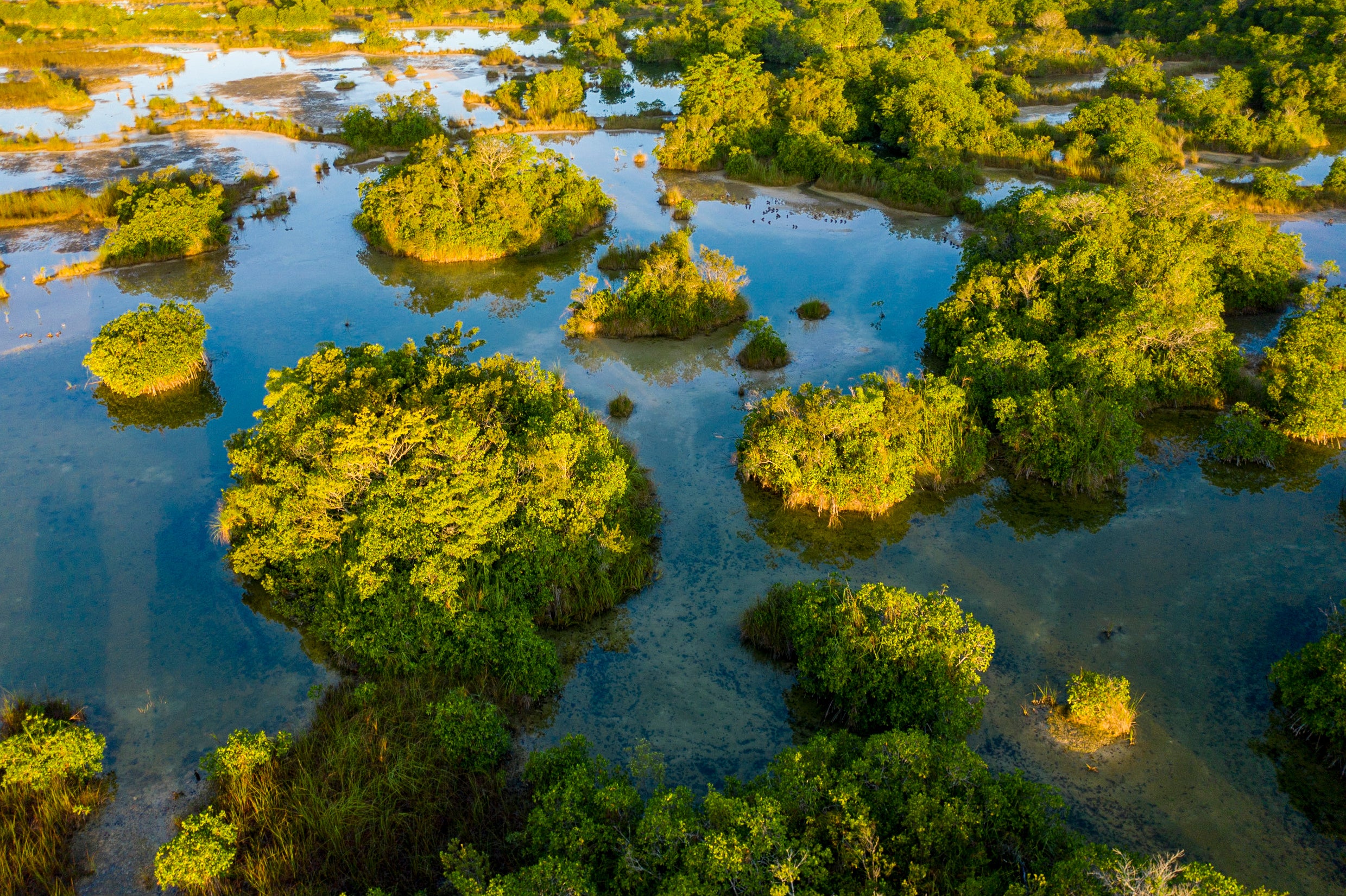
One of the ways the team determined the age of these trees was through genetic sequencing. They compared the mangroves of the San Pedro River to 79 trees in 11 sites along the peninsula. Their findings show that this population probably migrated from areas close to the modern-day coast while the area was still all saltwater. The mangroves aren’t the only trees that are relicts from the past: The genomes of nearly 100 other species of trees also showed signs of this origin story.
“This discovery is extraordinary,” Felipe Zapata, a biodiversity researcher at UCLA who led the genetic sequencing, said in the release. “Not only are the red mangroves here with their origins printed in their DNA, but the whole coastal lagoon ecosystem of the last interglacial has found refuge here.”
This Is a Forest ‘Trapped In Time’

The Yucatán Peninsula looked a lot different when the forest first started growing than it does now. Sea levels were about 20 to 30 feet (6 to 9 meters) higher than they are today, flooding much of the lowlands in the state of Tabasco.
“The most amazing part of this study is that we were able to examine a mangrove ecosystem that has been trapped in time for more than 100,000 years,” study co-author Octavio Aburto-Oropeza, a marine ecologist at Scripps Institution of Oceanography at UC San Diego and a PEW Marine Fellow, said in a press release. “There is certainly more to discover about how the many species in this ecosystem adapted throughout different environmental conditions over the past 100,000 years. Studying these past adaptations will be very important for us to better understand future conditions in a changing climate.”
More Research — And Protection — Are Needed
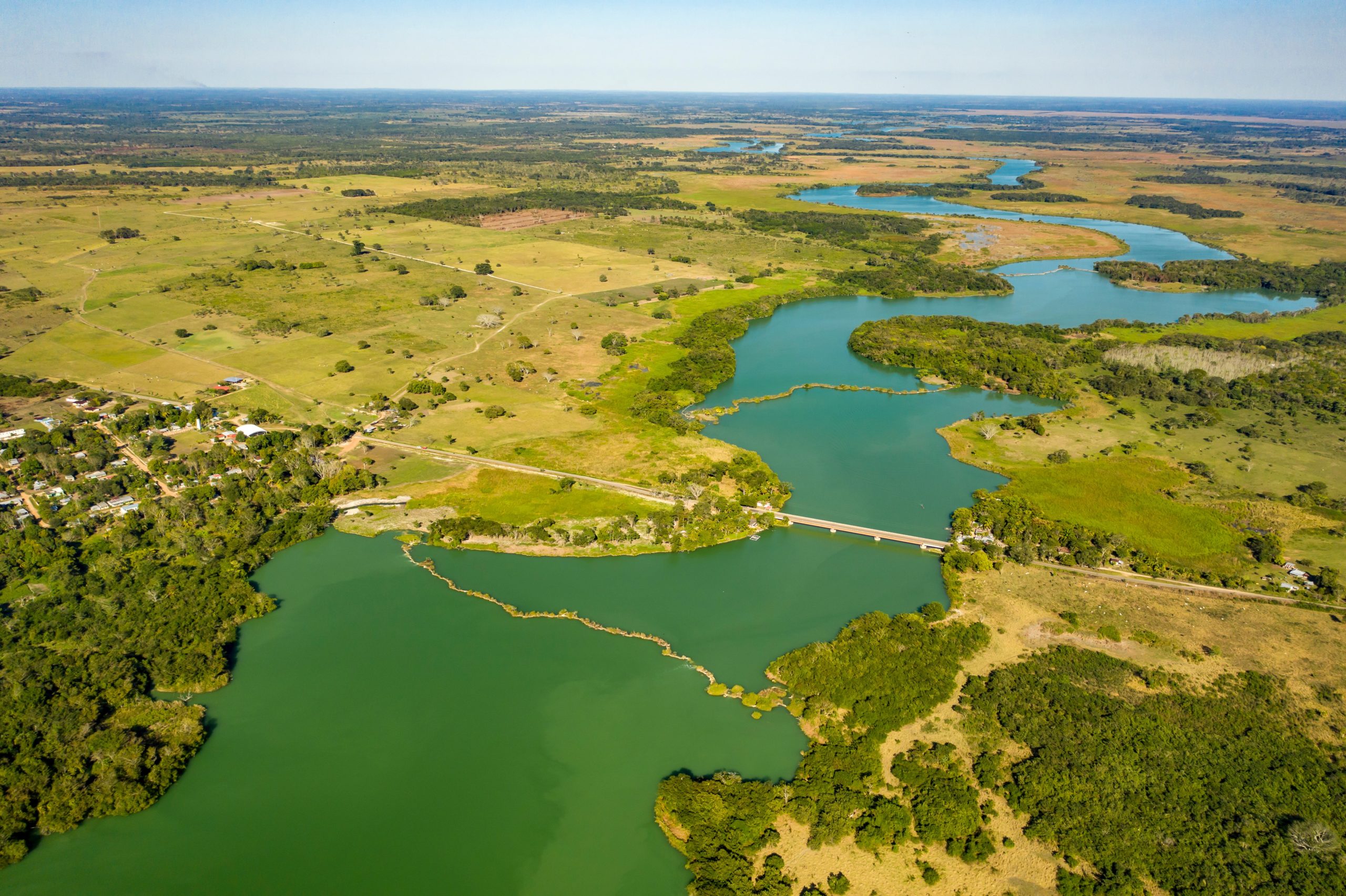
The researchers say there’s more to be learned about how the forest has managed to survive so far from saltwater for thousands of years.
Some key pieces of evidence may be missing — and may already be lost completely. Humans have already had an imprint on this forest and may have affected other types of species that would have been beneficial to evaluate. In the 1970s, the authors wrote, the plains around the river were largely destroyed to make room for cattle production. This mangrove forest was spared only because the ground was too swampy.
“We hope our results convince the government of Tabasco and Mexico’s environmental administration of the need to protect this ecosystem,” the researchers wrote in their paper. “The story of Pleistocene glacial cycles is written in the DNA of its plants waiting for scientists to decipher it but, more importantly, the San Pedro mangroves are warning us about the dramatic impact that climate change could have on the coastal plains of the Gulf of Mexico if we do not take urgent action to stop the emission of greenhouse gases.”
Slide Title
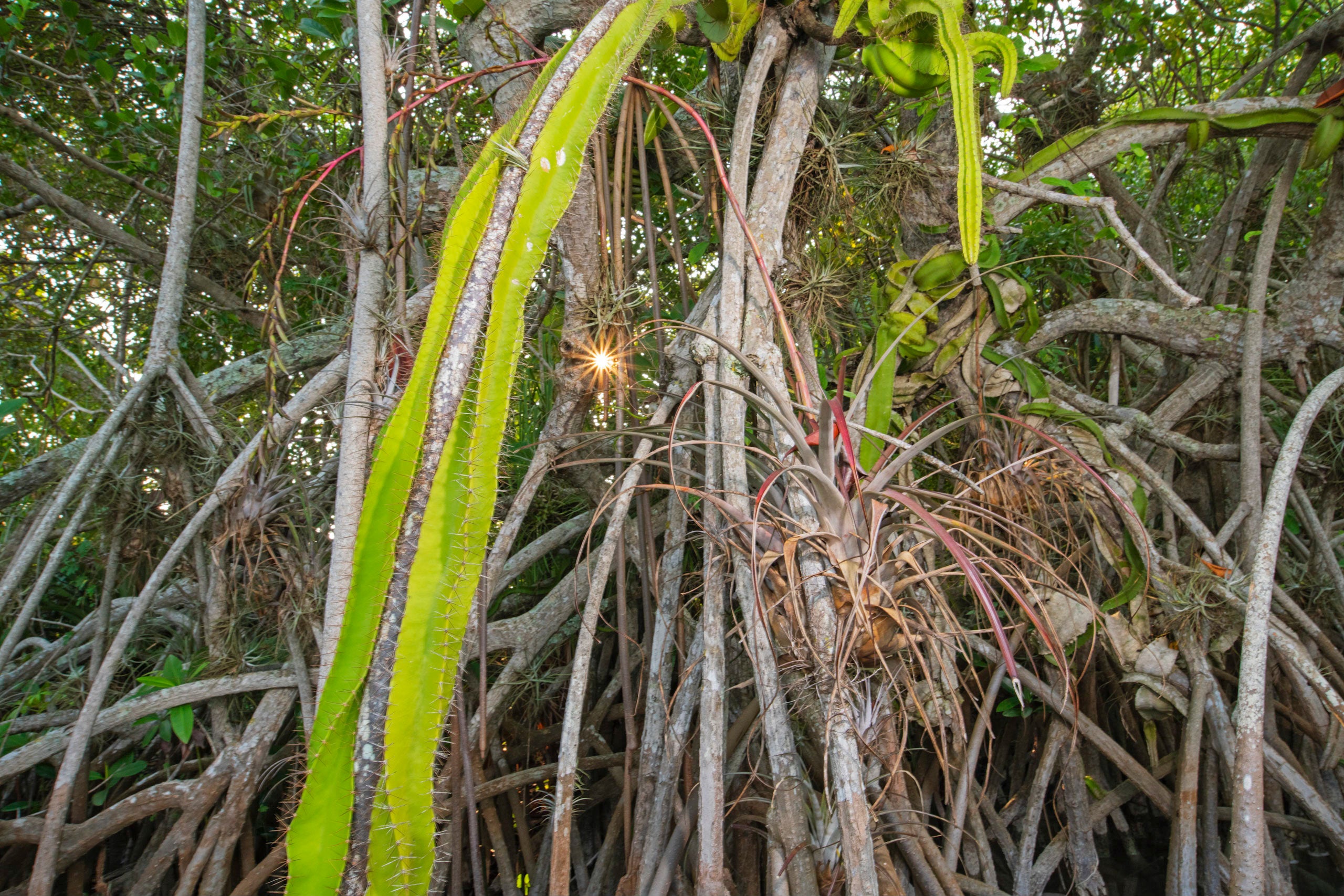
Mangrove forests are also some of the best carbon sinks on Earth. Protecting them for climate purposes alone makes total sense. On the coast, though, they also provide vital habitat for rare creatures and protection from storm surge.
Yet these do-it-all trees are under threat from rising seas, which could swallow numerous mangrove forests around the world by midcentury. Their loss would be a huge one for the climate, biodiversity, and the 5.3 million people they protect.
Multiple Disciplines Revealed the Forest Through the Trees

Ultimately, the researchers credit the strength of their interdisciplinary group for figuring out the forest’s mystery.
“Each piece of the story alone is not sufficient, but when taken together, the genetics, geology, botany, and field observations tell an incredible story,” Paula Ezcurra, science program manager at the Climate Science Alliance, who did the sea-level modelling for the project, said in the release. “Each researcher involved lent their expertise that allowed us to uncover the mystery of a 100,000+ year-old forest.”
